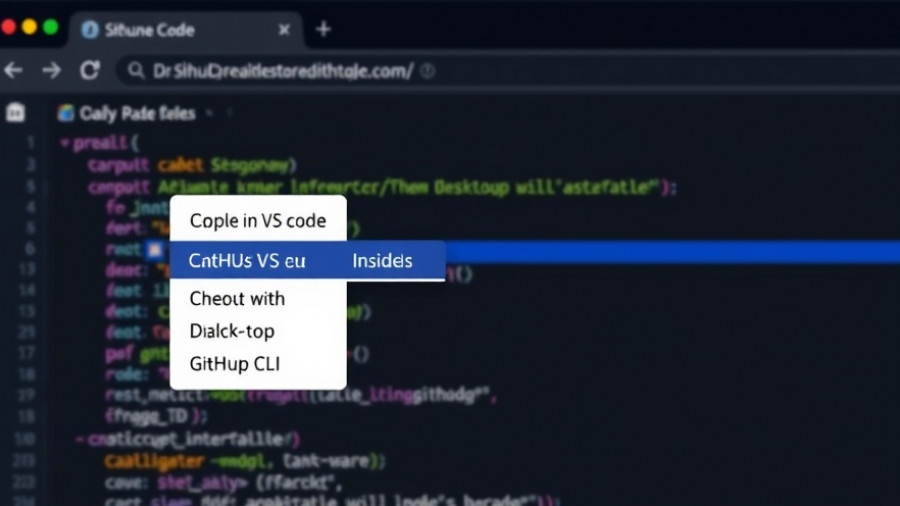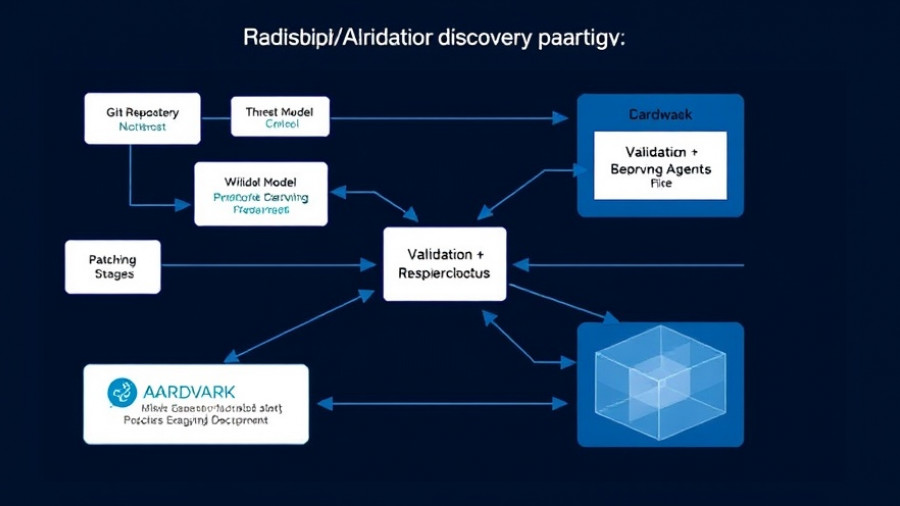
Unlocking AI's Potential in Daily Workflows
In an era when artificial intelligence (AI) is making remarkable strides, Slack has taken a significant leap by transitioning into an open platform for AI agents, apps, and conversation data, aiming to streamline workplace efficiencies. With Slack's recent introduction of a real-time search API and Model Context Protocol (MCP) server, the platform now allows third-party developers unprecedented access to workplace conversations and data. This move not only enhances the role of Slack as a communication hub but also positions it as a vital tool for fostering greater productivity through the integration of AI.
Significance of Conversation Data in AI Development
Central to this transition is the understanding that valuable insights and decision-making processes often play out in informal discussions. As Rob Seaman, Slack's chief product officer, highlighted, “Conversations that happen within an enterprise” are the key to making AI agents genuinely useful. By facilitating access to historical conversation data, Slack enables AI agents to deliver contextually relevant information, moving away from generic responses and toward tailored support that reflects actual workplace dynamics.
Enhanced Productivity Through Seamless Integration
With the new APIs, applications leveraging AI can analyze conversation histories and integrate feedback from collaborative channels. This allows teams to derive insights swiftly and make informed decisions without switching between multiple tools. For example, Anthropic's Claude within Slack can produce summaries and respond to queries based on the conversations held on the platform—harnessing the potential of AI to augment human productivity efficiently.
Security and Data Privacy: A Core Commitment
As with any technological advancement, concerns about data integrity and security arise. Slack addresses these through a security model that restricts AI agents’ access to only the information users are authorized to see. The API and MCP framework are designed to uphold existing permission structures, ensuring sensitive information within Slack conversations remains protected from unauthorized use.
Implications for The Future of Work
Slack's focus is on becoming the integrated environment where AI meets daily workflows. With AI capabilities embedded directly into its existing interface, users can experience a more cohesive work environment. The need to log into external applications for tasks such as ticket submissions or project approvals is diminished, leading to smoother operations and enhanced clarity across teams. This approach signifies a transformative moment in enterprise software, where AI facilitates collaboration rather than complicates it.
Racing Towards AI Supremacy
As Slack positions itself at the forefront of AI integration, it enters a competitive landscape dominated by major players like Microsoft Teams. Both platforms are incorporating advanced AI, but Slack aims to differentiate by focusing on the conversational data that truly matters to teams. By prioritizing user engagement and authentic integration with existing workflows, Slack is determining its place within the future of work, where AI is not just a feature but a core part of the conversation.
Conclusion: Embracing the AI-Driven Future
Slack’s bold strategy of becoming an open platform for AI agents and applications reflects a broader shift towards leveraging conversational data for practical AI applications. As organizations look to enhance productivity and gain insights from their conversation histories, tools like Slack will likely play a pivotal role in reshaping workplace dynamics. Companies must embrace these technological advancements not merely to keep pace but to thrive in an increasingly AI-centric business landscape.
 Add Row
Add Row  Add
Add 




Write A Comment